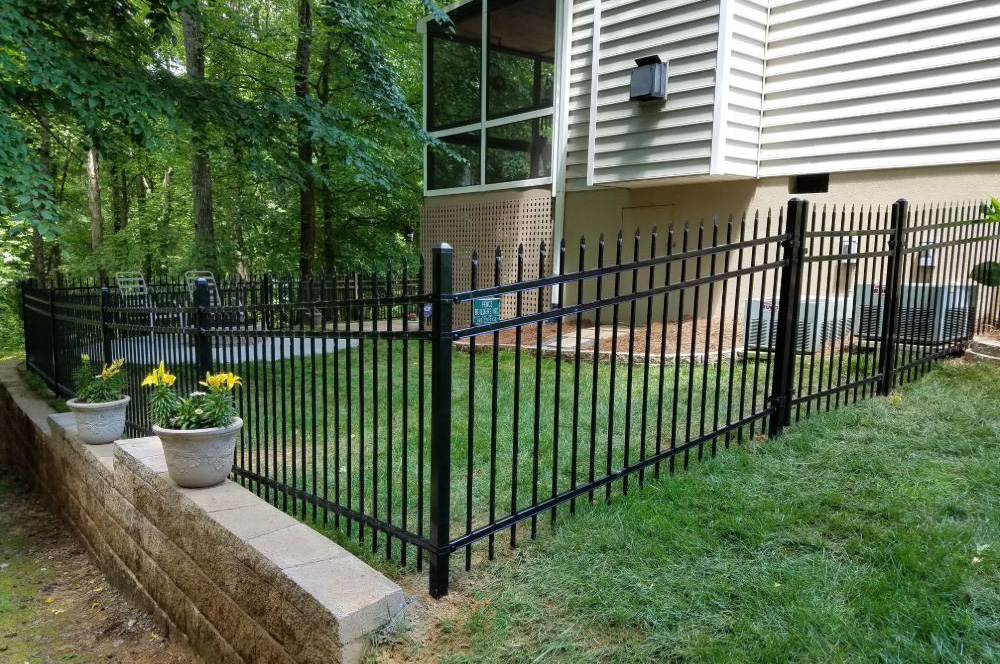Dec . 10, 2024 07:10 Back to list
Innovative Gabion Wall Fence Solutions for Modern Landscaping and Outdoor Protection
Gabion Wall Fence Products An Innovative Solution for Landscaping and Structural Needs
In the ever-evolving world of landscaping and construction, gabion wall fence products have emerged as a revolutionary choice for both aesthetic and functional applications. These structures, composed of wire mesh boxes filled with stones or other materials, blend practicality with visual appeal. This article explores the various aspects of gabion walls, including their benefits, uses, and installation techniques.
What are Gabion Walls?
Gabion walls are essentially retaining walls made of stacked wire mesh cages filled with stones, gravel, or other sturdy materials. The term 'gabion' is derived from the Italian word 'gabbione,' which translates to 'big cage.' They originated in the military as a means of creating fortifications but have since gained popularity in civil engineering and landscaping due to their versatility and durability.
Benefits of Gabion Walls
1. Strength and Stability Gabion walls provide excellent structural integrity. The weight of the stone-filled cages helps to resist lateral forces, making them ideal for retaining soil and preventing erosion.
2. Environmental Sustainability Gabion walls are often constructed from natural materials, making them an eco-friendly choice. They can be filled with local stone, reducing transportation emissions and carbon footprint. Additionally, they allow for natural drainage, minimizing water retention and preventing potential damage.
3. Aesthetic Appeal Available in various shapes and sizes, gabion walls can be designed to fit various landscapes. The stones can vary in color and texture, offering a unique and rustic appearance that blends seamlessly with natural surroundings. This allows for creative landscaping opportunities, from simple garden borders to elaborate outdoor structures.
4. Cost-Effective Compared to traditional retaining walls made of concrete or brick, gabion walls are often more cost-effective. The materials required can be less expensive, and the installation process is typically simpler and faster.
5. Versatility Gabion walls serve multiple purposes. They are not only used for erosion control and soil retention but also function as boundary fences, decorative accents, and even seating areas in gardens.
Applications of Gabion Walls
Gabion walls can be employed in various settings, including residential, commercial, and industrial projects. Here are some common applications
- Gardening and Landscaping Many homeowners utilize gabion walls to create attractive garden borders or raised flower beds
. They can also be used to add structure to sloped areas, preventing soil erosion.gabion wall fence products

- Retaining Walls In construction and civil engineering, gabion walls are frequently used as retaining walls to hold back soil in hilly terrains. Their drainage capabilities make them particularly effective in managing runoff and preventing landslides.
- Noise Barriers Gabion walls can serve as effective noise barriers in urban areas. When filled with dense materials, they help to absorb sound, making them a popular choice for properties near busy roads.
- Ecological Restoration Gabion walls are often employed in projects aimed at restoring natural habitats. Their permeability allows for vegetation growth, which can further stabilize the soil and support local wildlife.
Installation of Gabion Walls
Installing a gabion wall is a straightforward process, but careful planning is essential. Here are the general steps involved
1. Site Preparation Select a level area and mark out the dimensions of the wall. Excavate the foundation to ensure stability.
2. Foundation Layer Lay a foundation of larger stones or gravel to provide a solid base for the gabions.
3. Assembly of Gabions Assemble the wire mesh cages, securing them in position using stakes if necessary. Fill the cages with stones, ensuring even distribution to maximize structural integrity.
4. Connection and Stacking Connect multiple cages as required. Stacking should be done carefully to maintain stability and visual appeal.
5. Finishing Touches After filling and securing the gabions, consider adding soil or plants around the structure for a more integrated look in the landscape.
Conclusion
Gabion wall fence products stand out as a blend of functionality, durability, and aesthetic charm. Their versatility makes them suitable for a range of applications, allowing homeowners and builders to achieve effective solutions for landscaping and structural challenges. As the demand for sustainable building practices rises, gabion walls are likely to continue gaining recognition as an innovative and eco-friendly choice in modern construction. Whether you are looking to enhance the beauty of your outdoor space or needing practical solutions for soil retention, gabion walls offer an exceptional option worth considering.
-
Hop Dipped Galvanized / PVC Coated Temporary Fence - Anping County Xingzhi Metal Wiremesh Products Co., Ltd
NewsAug.08,2025
-
Hop Dipped Galvanized/PVC Coated Temporary Fence-Anping County Xingzhi Metal Wiremesh Products Co., Ltd|Durable Temporary Security&Versatile Fencing Solutions
NewsAug.08,2025
-
Hop Dipped Galvanized PVC Coated Temporary Fence - Anping County Xingzhi Metal Wiremesh Products Co Ltd | Durable, Versatile, Reliable
NewsAug.08,2025
-
Hop Dipped Galvanized / PVC Coated Temporary Fence-Anping County Xingzhi Metal Wiremesh Products Co., Ltd|Durable Temporary Fencing&Corrosion-Resistant Solutions
NewsAug.08,2025
-
Durable Galvanized/PVC Welded Razor Wire Mesh Fencing
NewsAug.08,2025
-
Hop Dipped Galvanized PVC Coated Temporary Fence - Anping County Xingzhi Metal Wiremesh Products Co., Ltd
NewsAug.07,2025



